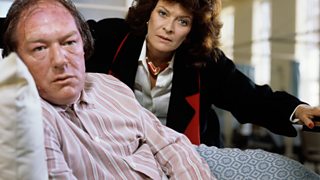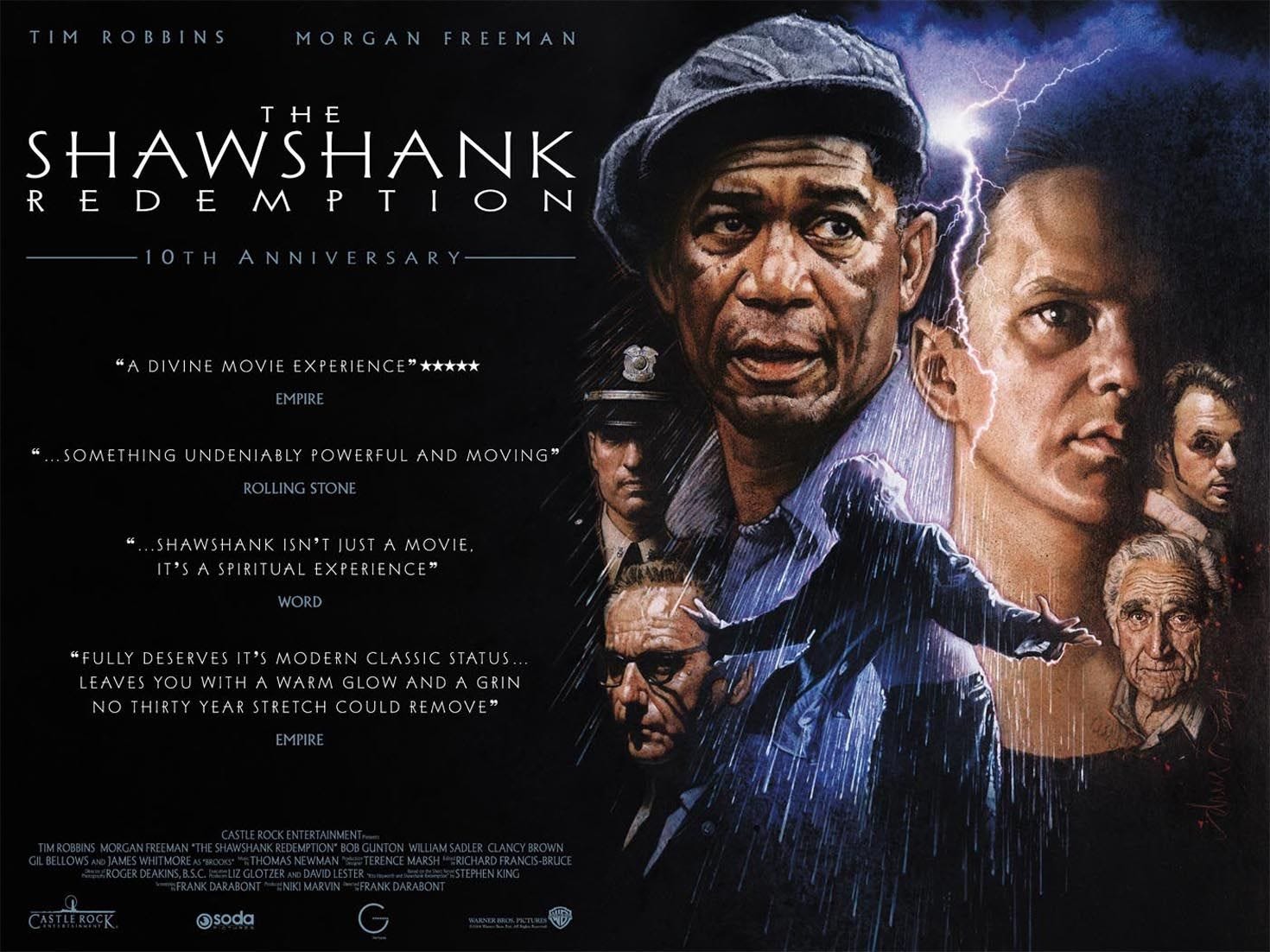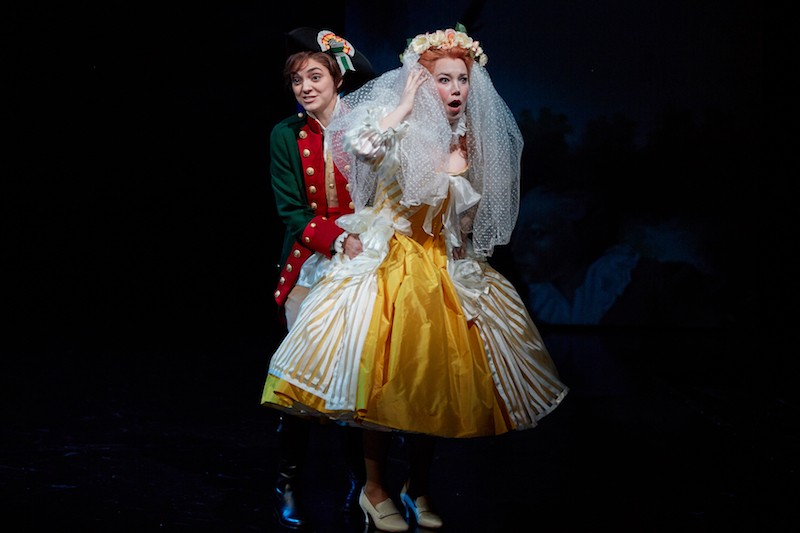

As many as 30,000 fans of the movie, The Shawshank Redemption, are flocking to the prison where it was shot in Mansfield, Ohio, for a 25th anniversary celebration of the movie. In The Shawshank Redemption, Andy Dufresne plays an duet from Mozart’s comic opera, The Marriage to Figaro, as its Enlightened ideals represent Andy’s prison experience and its Classical characteristics evoke a sense of hope in the repressed prison. To Figaro Hold your tongue, stupid, This comedy must be ended. FIGARO taking Susanna by the arm Then to end it happily According to theatrical practice, Let a marriage ceremony Now follow. SUSANNA, COUNTESS and FIGARO to the Count Oh my lord, do not refuse; Grant my (their) wishes. Acdsee 12 full. COUNT aside Marcellina, Marcellina, How slow you are in coming. Helvetica condensed free download. The Marriage of Figaro, comic opera in four acts by Austrian composer Wolfgang Amadeus Mozart (Italian libretto by Lorenzo Da Ponte), which premiered in Vienna at the Burgtheater on May 1, 1786. Based on Pierre-Augustin Caron de Beaumarchais’s 1784 play Le Mariage de Figaro. The Marriage of Figaro / 'Duettino' Sull 'Aria song from the album The Shawshank Redemption is released on Oct 2009. The duration of song is 03:32. This song is sung by Deutsche Oper Berlin. Hover over this area, to view your queue.
Who Sang Marriage Of Figaro In Shawshank Redemption




Shawshank Marriage Of Figaro Opera
What does one imagine when viewing a comic opera? A ornamented opera house? Patrons dressed in black tie apparel? However, would one imagine a comic opera playing in a maximum-security prison? Would uneducated prisoners appreciate the music? In The Shawshank Redemption both of these events occurred. In The Shawshank Redemption, Andy Dufresne plays an duet from Mozart’s comic opera, The Marriage to Figaro, as its Enlightened ideals represent Andy’s prison experience and its Classical characteristics evoke a sense of hope in the repressed prison. Wolfgang Amadeus Mozart’s The Marriage of Figaro reflects the social and musical influence of the Classical period. Socially, The Marriage of Figaro reflects the ideals of the Enlightenment. The Enlightenment was “was a period that saw the institutions of Europe—religious, political, social, educational, industrial, financial and artistic—slowly but inexorably lower their focus from the ruling aristocratic and clerical classes to a new class of people. For want of a better term, we call this new and rising class of people the middle class” (Greenberg “Opera Buffa”). The Enlightenment placed an emphasis on the “‘natural man’” or the common man, not just the aristocratic class (Kerman and Tomlinson Listen 153). Consequently, Mozart focused his comic operas on lower to middle class protagonists like the servants Figaro and Susanna whose marital bliss is delayed by nobles (“Synopsis: Le Nozze di Figaro” The Metropolitan Opera). Another





